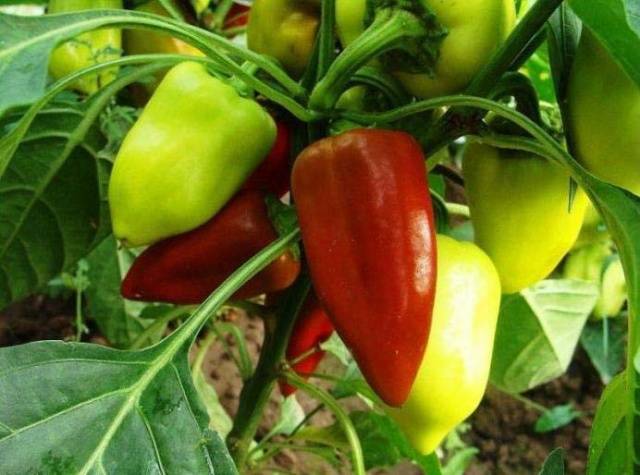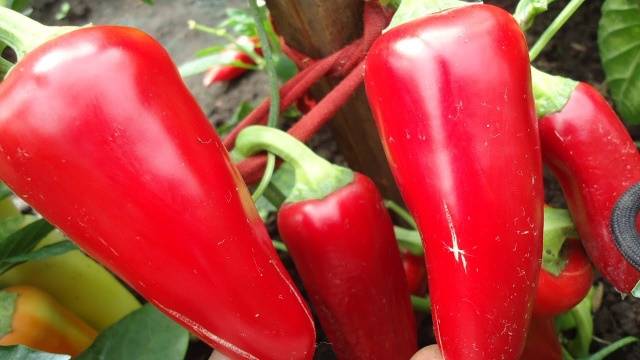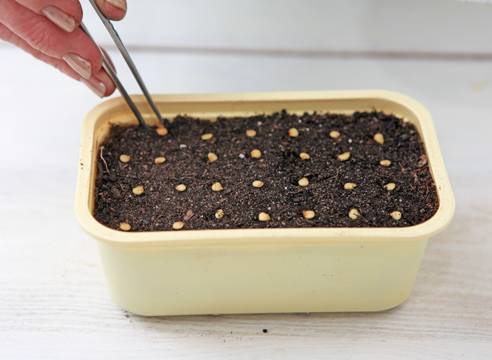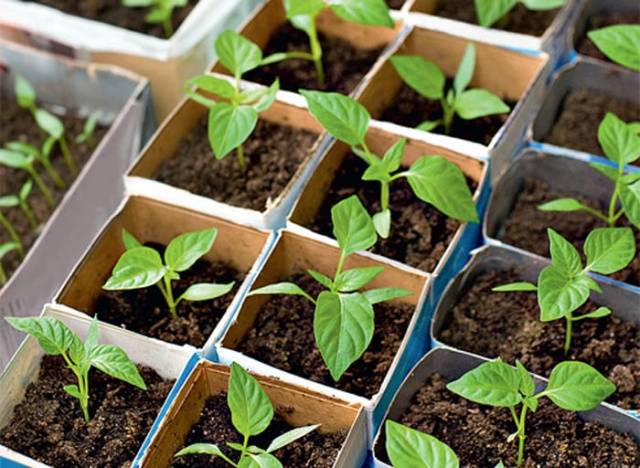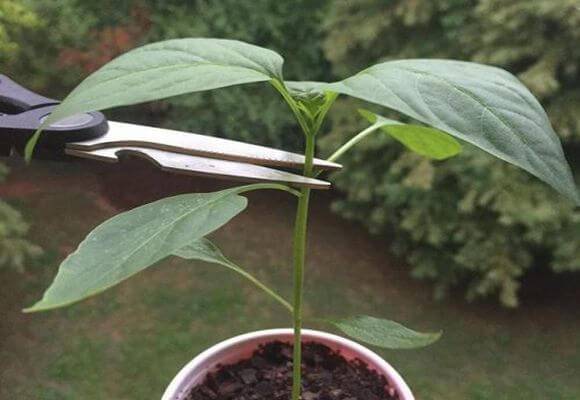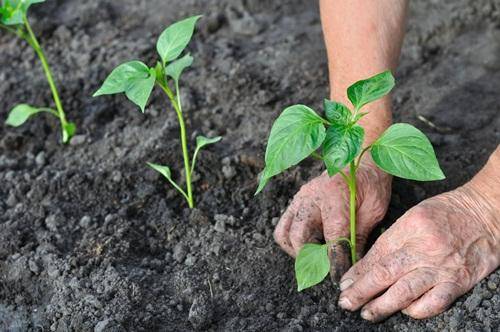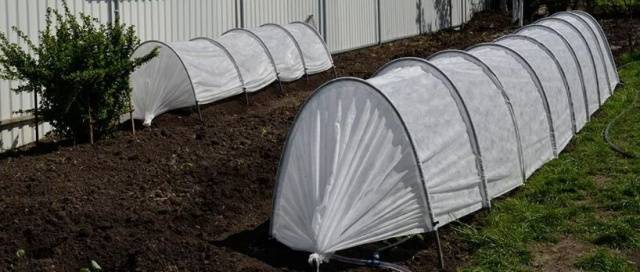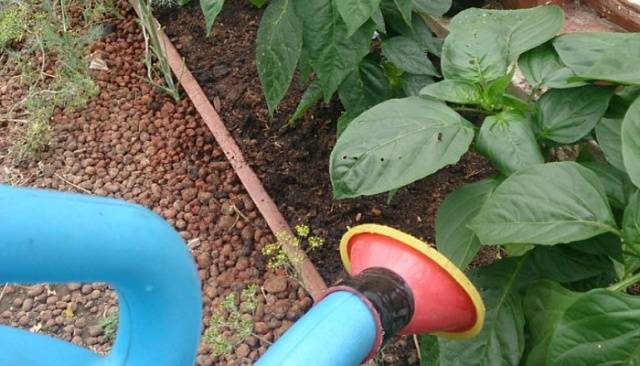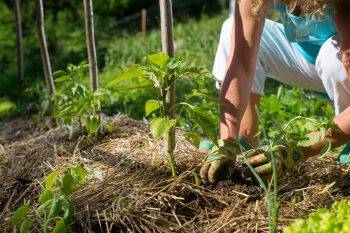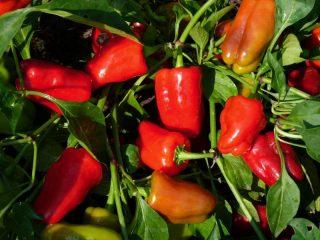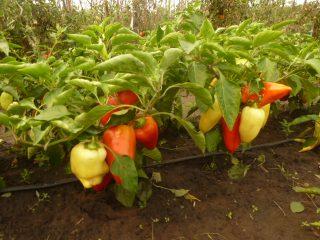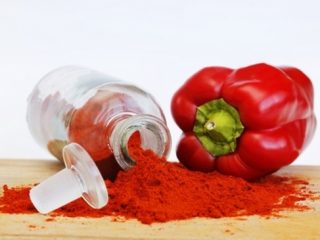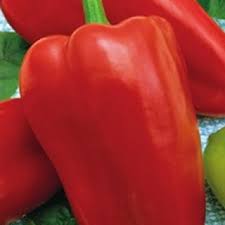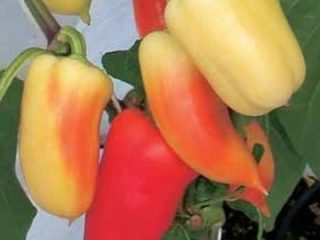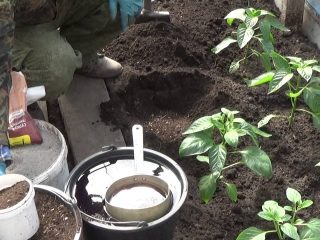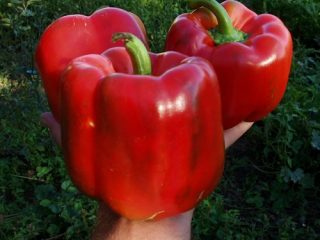Content
Sweet peppers belong to the nightshade family. In its homeland it is a perennial, but in Russia it is grown as an annual crop. There are many varieties and hybrids of this vegetable of various colors and shapes. Choosing the best one among them is not an easy task. The time for sowing seedlings is just around the corner, so it’s time to decide. We advise you to pay attention to the Sweet Pepper variety Lastochka. The mere fact that gardeners are still planting it, although more than 50 years have passed since the variety was included in the State Register of Agricultural Achievements, speaks volumes.
Pepper Swallow, about which gardeners have only positive reviews, has not been lost among many recently bred varieties and occupies its rightful place. Let's take a closer look at this variety, and for this we will compose a detailed description and description of the Swallow pepper and accompany it with a photo.
Description and characteristics
Pepper Swallow is the result of selection of plants of an even older, but productive Moldova variety. The swallow differs favorably from the parent form by its greater height of the bush, increased productivity and earlier ripening. And now more about the sweet pepper of the Lastochka variety, which is presented in the photo.
- The bush is of medium height - up to 65 cm. It has a standard shape. When there is a heavy load of crops, it needs to be tied to a support.
- Ripening period is mid-early. Technical ripeness occurs on day 116, but in case of unfavorable weather this period may be delayed to 121 days.
- The fruits are large, can grow up to 100 g with considerable wall thickness - up to 7 mm. The length of one pepper is up to 10 cm. The fruit of the Swallow pepper variety is cone-shaped. Their color at the stage of technical ripeness is bright light green, and when fully ripe it is rich red. You can collect seeds from Swallow pepper for sowing next year. They are taken from the fruits on the first three tiers. The peppers must be fully ripe on the bush.
- This variety of pepper is intended not only for amateur gardeners, but also for commercial production. It ripens well if picked green, is stored for a long time and is well transported. You can prepare summer salads from the Swallow pepper variety; it is also good for any canned food.
- Pepper Swallow is unpretentious, grows well with minimal care and withstands all the vagaries of the weather.
- The harvest is decent - up to 6 kg per square meter. m with good care. He gives it away in unison.
It takes a lot of work to harvest such a harvest.
Features of cultivation
Swallow pepper can be sown by seeds only in the southern regions, where there is early spring and long summer. Those who live further north need to grow seedlings.
Pepper seedlings - how to grow
It is very important to sow seeds for seedlings on time. Sowing too early involves the need to provide additional lighting to the seedlings, which not everyone can do. If sowing is late, the plants will not have time to develop before planting. For peppers to grow well, it takes from 60 to 80 days, depending on the variety. For the Lastochka variety, this period is about 70 days. If you plan to plant peppers in a greenhouse, you need to sow seeds for seedlings in mid-to-late February.For open ground, you need to do this later - at the beginning of March.
How to prepare seeds before sowing?
- From both your own and purchased seeds, you need to select only full-weight ones; dry and puny ones will not sprout.
- Seeds need to be disinfected to destroy pathogens that can be transmitted with seed material. Typically, a solution of potassium permanganate with a concentration of 1% is used for this. Soaking is carried out for about 20 minutes. You can use a fungicide solution to treat the seeds. After dressing, the seeds are washed.
- Soaking in a growth stimulator is mandatory. It increases the energy of seed germination, and the plants themselves will be healthier. The most commonly used are humate, epin, zircon, and ash solution.
- Seeds that have sprouted are guaranteed to sprout. It is better to germinate them on cotton pads moistened with water. They need to be placed on a saucer or plate and wrapped in plastic wrap or put on a plastic bag. The disc must be kept wet at all times. The seeds are ventilated several times a day by removing the bag or unfolding the film.
The sprouted seeds are sown in steamed soil intended for growing nightshade crops. You can sow them in a common container to a depth of 1.5 cm and with a distance between seeds of 2 cm.
Therefore, it is better to immediately sow the seeds of the Swallow pepper in separate containers with a volume of about 100 ml. Seeds that have sprouted are laid out one at a time; those that have not been germinated are best sown in 2 at a time.
The excess plant after germination is not pulled out, but carefully trimmed. After the formation of 2-3 true leaves, the plants are transferred into cups or cassettes with a volume of about 0.5 liters, trying not to destroy the earthen ball. Conditions for keeping seedlings:
- daylight hours for it should last about 12 hours, if it is shorter, the plants are illuminated with phytolamps;
- pepper is a heat-loving crop, the temperature for it at night should be about 20 degrees, during the day from 23 to 25;
- this vegetable does not like the soil layer to dry out, so watering should be regular only with warm, settled water;
- if the soil for seedlings is well filled with nutrients, you can do without fertilizing; if you don’t want to leave everything to chance, then feed the seedlings twice with a solution of complete mineral fertilizer that does not contain chlorine, combining feeding with watering. If you want the bushes to branch better, which automatically increases the yield, pinch the tops of the plants after 4-6 internodes. It's better to do this with scissors.
- hardening of the Swallow pepper seedlings before planting is a necessary measure; it is carried out 2 weeks before the plants are moved to the garden, gradually increasing the time spent in the fresh air.
Transplanting
By the time of planting, the peppers of the Lastochka variety should already have the first buds. By this time, stable heat has been established.
The soil for peppers must be fertilized, as they prefer soil with a high humus content. Its reaction should be neutral, so you can’t do without ash in the beds.In addition, it is a source of potassium, which peppers love. On heavy soils you cannot get a good harvest of Lastochka pepper. For early varieties, to which Lastochka belongs, fertilized sandy loam is most suitable. If you decide to plant mid- or late-ripening peppers, you will need loam or black soil.
Swallow pepper seedlings are planted according to the following scheme: 40 cm between plants and 60 cm between rows. Plants are not buried deep when planted. The holes are watered very well and be sure to mulch the soil under the plants. The next watering is only after 5 days. All this time, the seedlings should be covered with lutrasil or other covering material. It will protect it from sunlight and reduce moisture evaporation.
Pepper preferences Swallow
Pepper is a capricious crop. For its successful cultivation, the following conditions must be met:
- He loves warmth. In regions with cool nights, even in open ground, temporary film shelters are needed. Otherwise, all the plants’ energy will be spent on overcoming stress from the cold, and not on producing a crop.
- Watering. Pepper loves water very much. Its deficiency is responded to by dropping buds and a lack of harvest, since the fruits grow less than expected according to varietal characteristics. Excess moisture in the soil makes it difficult to absorb nitrogen, which also reduces the yield. Usually, in the absence of rain, peppers are watered as soon as the top layer of soil dries out a few centimeters. It is better to water from a watering can. This increases air humidity, which is necessary for good pollination of flowers.
- Feeding. Pepper Swallow loves to eat, so feeding should be regular - every 2 weeks. They are made into a complete mineral fertilizer with microelements.When growing Swallow pepper, you should not get carried away with nitrogen fertilizers so that the plants do not grow green mass instead of fruits.
- Mulching. This is a very beneficial event for sweet peppers. The soil covered with mulch not only retains moisture, but also prevents it from overheating in hot weather and overcooling in cool weather. Loosening and weeding are no longer required. Therefore, much less labor is required to grow mulched peppers.
Conclusion
Pepper Swallow is a proven and reliable variety. Thanks to its plasticity, it easily adapts to any growing conditions and does not suffer so much from weather changes. The Swallow pepper variety is an excellent choice. You can learn more about growing Swallows from the video:
